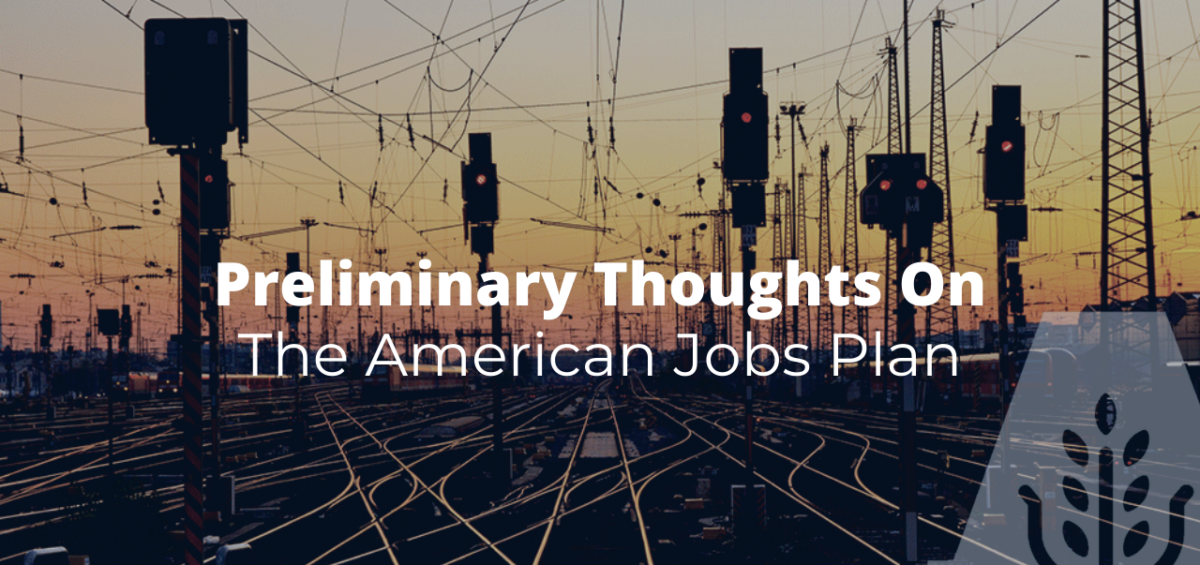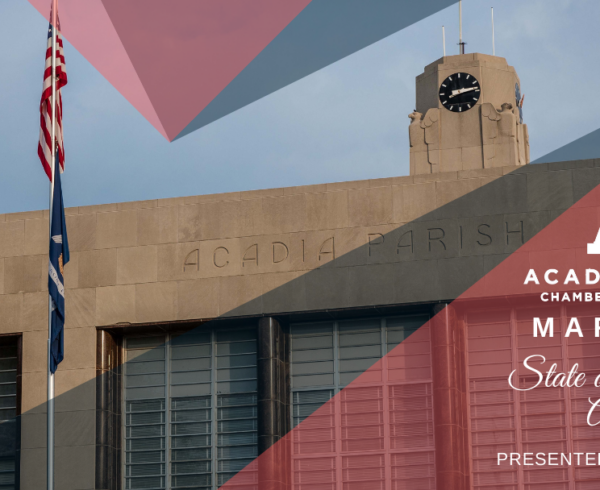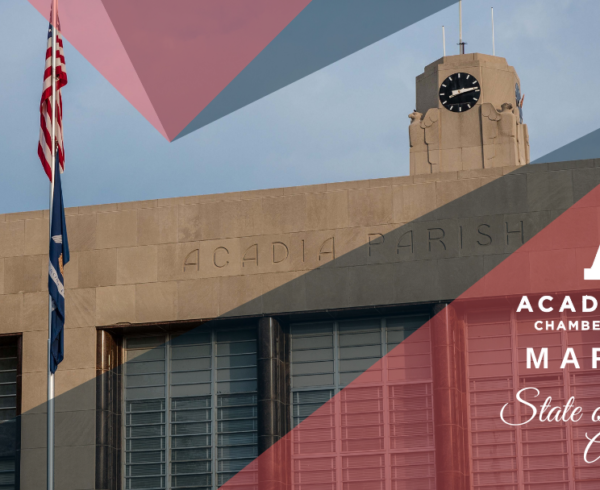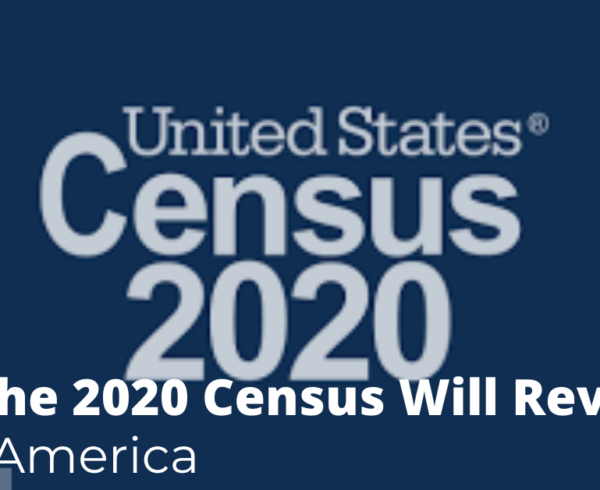On March 31, 2021, the Biden administration released the American Jobs Plan, President Biden’s infrastructure proposal. There’s a lot to be excited about in this plan, including massively increased funding for transit and passenger rail-but how we target the funding matters as much as how much we spend. Here is a breakdown of the plan done by Transportation for America.
All funding included in President Biden’s proposal is meant to sit on top of existing federal programs and the upcoming surface reauthorization, not replace that policy-making process, according to a White House briefing.
More money for public transit and rail combined than highways
There has never been this much money for public transportation and passenger rail included in a presidential infrastructure proposal. President Biden’s plan includes $85 billion to “modernize transit agencies,” meaning both maintaining existing transit infrastructure and expanding service to bring “bus, bus rapid transit, and rail service to communities and neighborhoods across the country.”
This is huge: investing in public transportation is critical to increasing equitable and affordable access to jobs and services post-pandemic, reducing our carbon emissions, and powering our economic recovery from the pandemic. Yet there’s no mention of recurring federal operating support for transit-something public transportation needs in order to provide frequent, convenient, and desirable transit service.
In addition to public transit, Biden proposes $80 billion for Amtrak to address the repair backlog, modernize the Northeast Corridor and other rail routes, make new connections between cities by rail, and update existing grant and loan programs. The U.S. hasn’t made a substantial, long-term commitment to passenger rail in almost a century, making this funding critically important to building the passenger rail network the U.S. needs to improve access and reduce carbon emissions.
There’s no specific mention of preserving Amtrak’s long-distance routes-something the rail corporation has fought to dismantle in recent years. However, the proposal does call for improving existing corridors and connecting new city pairs. Amtrak’s long-distance network provides critical connections to rural America and for people unable to traverse the country by car or by air, and is even more essential post-pandemic with the continued loss of essential air service and multiple long-distance bus companies cutting routes and even shutting down permanently.
Road repair is discussed as a priority but the devil is in the detail
Biden’s plan includes $115 billion to “fix it better” for our bridges, highways, roads, and “main streets.” This funding will include formula and competitive funding. While the mention of fix it first is fantastic, one of of the stated goals of this funding-in addition to improving air quality and limiting emissions-is to “reduce congestion” and “modernize,” which usually means the same thing.
“Reducing congestion” is a fool’s errand. Widening and building new highways only makes traffic worse. If “fix it better” means widening highways at the same time we repair them, the Biden plan will only induce more people to drive-making congestion even worse than what it was before, and putting our carbon emissions on an irreversible upwards trajectory.
To truly focus on repair, the actual legislative language would require serious policy changes to ensure that this money isn’t diverted to road expansion. States spend a significant portion of highway formula funding to build new roads, creating costly new roads and lane-miles, even though they are welcome to spend that money on maintenance. Why? Because there’s no requirement that they do so.
Billions for repairing damage caused by urban highways but not enough focus on preserving housing affordability
The construction of the Interstate Highway System in many cases led to the intentional demolition and dividing of many communities of color across the country. It’s long-past time for federal funding to repair the health, financial, physical, and emotional damage wrought on families in these neighborhoods.
President Biden proposes $20 billion “for a new program that will reconnect neighborhoods cut off by historic investments and ensure new projects increase opportunity, advance racial equity and environment justice, and promote affordable access.” While the broader plan has very interesting proposals on providing more affordable housing, this specific proposal is missing any discussion or policy to ensure that removing highways or building connections between them doesn’t make adjacent housing unaffordable-a huge reason why many communities suffering the burden of these highways actually want them to stay. A place based approach will be needed connected to any such project.
Biden’s $20 billion for urban highways includes funding for research on “advanced pavements that recycle carbon dioxide.” While recycling carbon dioxide is a good goal, it barely touches on the health issues that our highway system places disproportionately on neighborhoods of color. The air pollution generated by urban highways has caused massive and devastating health consequences for communities living near them. That pollution comes from vehicles, pavement, tires and more. We need better pavement but also less pavement.
$20 billion for “safety” but nothing explicitly prioritizing safety over speed
Biden’s $115 billion for “modernizing” roads includes $20 billion to “improve road safety for all users, including increases to existing safety programs and a new Safe Streets for All program to fund state and local ‘vision zero’ plans and other improvements to reduce crashes and fatalities, especially for cyclists and pedestrians.”
This is really important. We hope to see a program like this paired with specific requirements like those in the House of Representatives’ surface transportation reauthorization proposal, passed last summer. That includes Complete Streets and context-sensitive designs when repairing or constructing roads surrounded by development-meaning roads that aren’t highways and have homes and businesses along them.
With the number of people killed while walking or using mobility-assistive devices skyrocketing-nearly 45 percent over the past decade-we accept nothing less than design standards that ensure that safety is prioritized over vehicle speed. Because street design that ensures high speed driving over all else is to blame for the skyrocketing number of people killed on our roadways.
Details matter and more to come
This just scratches the surface of the proposal. There are many other exciting proposals not mentioned. For example, there is $174 billion dedicated to stoking a domestic electric vehicle industry, placing 500,000 electric vehicle chargers, and replacing gas cars and buses with clean electric vehicles. There are proposals for more affordable housing, eliminating exclusionary zoning and harmful land use policies, broadband deployment and more.
Right now, there is a lot to be excited about in this infrastructure proposal. There are billions for public transit and passenger rail, a focus on repairing existing highways and making them safer, and funding dedicated to repairing the damage wrought on communities by urban highways.
Original article written by Transportation of America on 31 March 2021.













